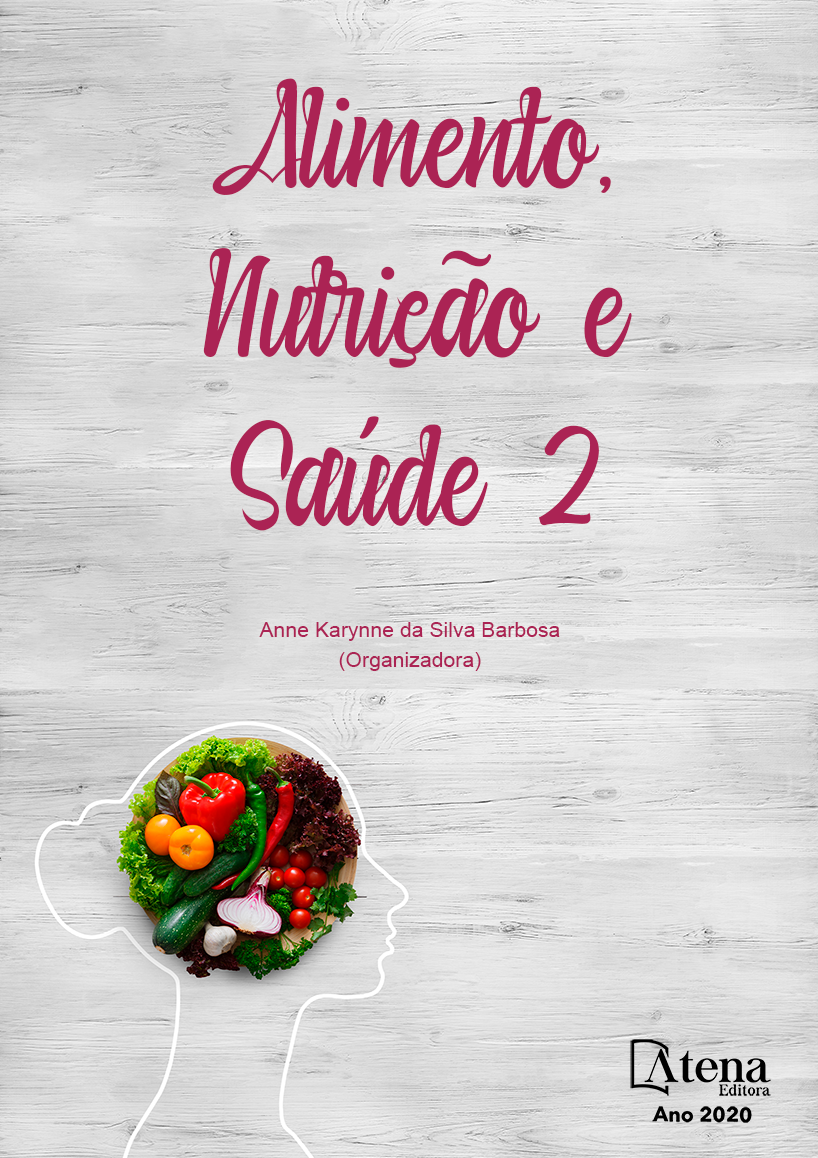
PROPOSTA DE CLASSIFICAÇÃO NUTRICIONAL DE PRODUTOS COM APELO FITNESS ÀS LUZES DO SEMÁFORO NUTRICIONAL
No Brasil, a indústria alimentícia utiliza-se do termo fitness como uma ótima estratégia de marketing para alavancar a venda destes produtos, ludibriando, muitas vezes, o consumidor. Assim, o Semáforo Nutricional pode ser utilizado como técnica lúdica de educação nutricional para auxiliar a população a fazer melhores escolhas alimentares. Neste trabalho, objetivou-se classificar os rótulos de alimentos industrializados com apelo fitness quanto às quantidades de sódio, gorduras totais, saturadas, trans e fibras, de acordo as cores (verde, amarelo e vermelho) preconizadas pelo Semáforo Nutricional. Para tal, foram coletados 150 rótulos de produtos integrais ou comumente utilizados em programas de restrição de nutrientes. Os valores dos nutrientes encontrados nestes rótulos foram inseridos em uma tabela Excel para classificação. Obtivemos como resultados que apenas 31% dos rótulos analisados podem ser classificados como verdes, 42% dos produtos como amarelo e 27% dos alimentos como vermelho para todos os nutrientes analisados. O sódio apresentou o resultado mais alarmante, onde 72% dos produtos foram classificados como vermelho. Considerando que os rótulos analisados foram de produtos cuja premissa seria melhor qualidade nutricional, conclui-se que a indústria alimentícia manipula os consumidores através de embalagens e estratégias de marketing, uma vez que vende produtos com baixa qualidade nutricional como fitness.
PROPOSTA DE CLASSIFICAÇÃO NUTRICIONAL DE PRODUTOS COM APELO FITNESS ÀS LUZES DO SEMÁFORO NUTRICIONAL
-
DOI: 10.22533/at.ed.63020100819
-
Palavras-chave: Produto Fitness; Publicidade de Alimentos; Rotulagem de Alimentos; Semáforo Nutricional
-
Keywords: Fitness, Food Advertising; Food Labeling; Traffic Light Labelling
-
Abstract:
In Brazil, the food industry uses the term fitness as a great marketing strategy to leverage the sale of these products, often deceiving the consumer. Thus, the Traffic Light Labelling can be used as a playful technique of nutritional education to help the population make better food choices. In this work, the objective was to classify the labels of processed foods with fitness appeal, regarding the amounts of sodium, total, saturated and trans fats and fibers, according to the colors (green, yellow and red) recommended by the Traffic Light Labelling. For this purpose, 150 labels of products commonly used in diets were collected. The values of the nutrients found in these labels were inserted in an Excel table for classification. We obtained as results that only 31% of the analyzed labels can be classified as green, 42% of the products as yellow and 27% of the food as red for all the analyzed nutrients. Sodium presented the most alarming result, where 72% of the products were classified as red. Considering that the analyzed labels were for products whose premise was to have better nutritional quality, it is concluded that the food industry manipulates consumers through packaging and marketing strategies since it sells products with low nutritional quality as if they were fitness.
-
Número de páginas: 15
- Bruna Lannes Schuabb
- Jéssica Chaves Rivas
- Juliana Tomaz Pacheco Latini


